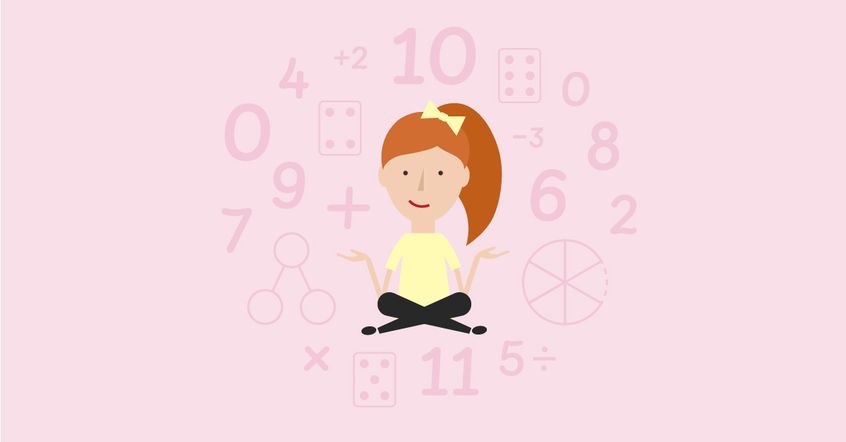How important is number sense? (Turns out, very)
Editor’s Note:
This is an updated version of a blog post published on September 14, 2017.
Number sense is an important construct that separates surface level understanding from subject mastery. Find out how it affects mathematical fluency and how your learners can develop it.
So, what is number sense and why is it important for learners to develop this skill?
The construct of number sense refers to a child’s fluidity and flexibility with numbers. It helps children understand what numbers mean, improving their performance of mental mathematics, and giving them the tools to look at maths in the outside world and make comparisons.
How to spot number sense
Children develop number sense gradually over time and at different rates through exploring numbers, visualising them in a variety of contexts, and relating them in ways that are not limited by formal written methods.
You can track their progress by checking for the following:
- An awareness of the relationship between number and quantity
- An understanding of number symbols, vocabulary, and meaning
- The ability to engage in systematic counting — including notions of cardinality and ordinality
- An awareness of magnitude and comparisons between different magnitudes
- An understanding of different representations of number
- Competence with simple mathematical operations
- An awareness of number patterns including recognising missing numbers
Journalling for Mastery CPD
Would you like to use maths journalling to advance your pupils? This one-day, expert-level course will show you how. Learn from one of our friendly experts in a relaxed, face-to-face setting. 14 June in London or 28 June in Manchester.

Flexibility with number is key to number sense
Number sense is the ability to be flexible with numbers. It helps children understand both how our number system works, and how numbers relate to each other. Children who develop number sense have a range of mathematical strategies at their disposal. They know when to use them and how to adapt them to meet different situations.
What good number sense looks like
Good number sense helps children manipulate numbers to make calculations easier and gives them the confidence to be flexible in their approach to solving problems.
Children who develop number sense can assess how reasonable an answer is, and routinely estimate answers before calculating. They look for connections and readily spot patterns in numbers, which helps them predict future outcomes. They have several approaches to calculating and problem solving and can use and adapt these for new situations.
Children with good number sense enjoy playing with and exploring numbers and number relationships. As a result of these strategies, they can often find the most efficient solution to the problem.
What poor number sense looks like
Children with poor number sense tend to focus on procedure and will rely on methods that they feel secure with. They apply inefficient and immature strategies to calculations and fail to spot links and connections that could get them to the answer more quickly.
Often, children with poor number sense prefer to use pen and paper rather than working things out in their heads. They can be reluctant to estimate an answer before working it out and will generally accept whatever answer they get — without considering whether it is reasonable or not.
This was perfectly illustrated to me when a Year 5 child was trying to estimate the sum of two four-digit numbers before calculating the answer. She approached this task by calculating the answer and then giving an estimate. I asked her why she was doing it that way around and her reply was,
“It is much easier to find an estimate for the answer after you have worked out what the answer is.”
You have to admire her logic — if nothing else!
Children with poor number sense don’t enjoy maths and won’t spend time being creative with and exploring numbers. Ironically, they are doing a harder version of maths, that relies upon remembering and applying procedures, with little understanding of the underlying numerical concepts.
When does number sense develop?
Psychologists, Klein and Starkey (1988) found that we are born with a sense of number. They measured the focus time of babies looking at pictures of dots and discovered that when the number of dots changed the babies’ focus time changed.
These babies had appreciated a difference in numerical quantity.
Appreciating number quantity is a survival instinct. When our ancestors were out hunting and gathering they needed to be able to perceive danger. So, if one animal approached a couple of hunters, they saw this as an opportunity for a meal. However, if 10 animals approached them, they ran, or they became the meal!
We know that very young children can recognise the number of items in a group without having to count them. This is called subitising. Most people, but not all, can subitise up to six or seven items, when they are randomly arranged.
How learners can develop number sense
Number sense develops over time through opportunities to explore and play with numbers. Visualising numbers in different contexts, spotting relationships between numbers and predicting the patterns all contribute to good number sense.
